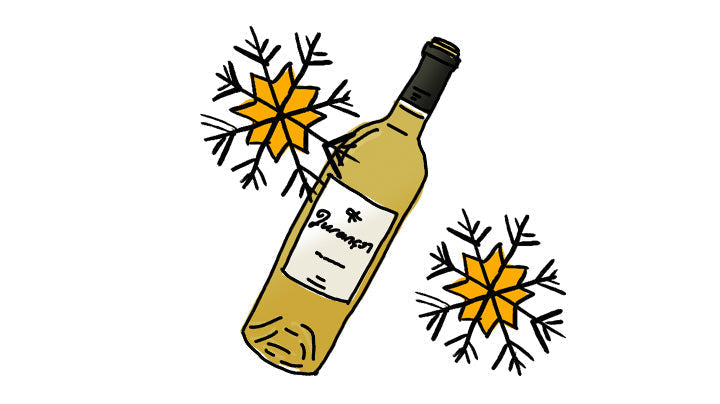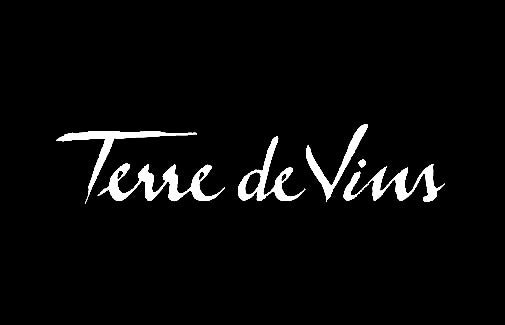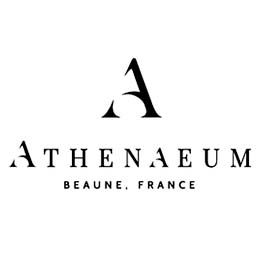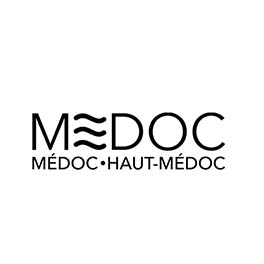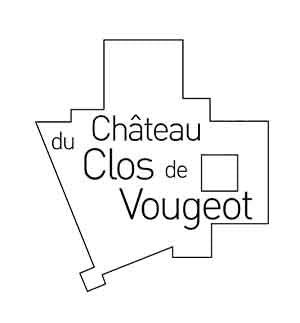Here are advantages and drawbacks of concrete egg-shaped vessels in white winemaking:
Advantages 👍
- The egg's curved shape naturally stirs the lees at the tank's bottom by creating a vortex (due to temperature and density differences within the liquid during fermentation and maturation), adding texture and complexity to the wine.
- The movement is consistent, resulting in wines believed to be more harmonious.
- It saves time: no need for manual lees stirring by winemakers.
- Concrete is the middle ground in porosity between stainless steel (no oxygen intake, could lead to reduction fault) and oak (high oxygen intake, could lead to oxidation fault), preserving fruit purity while adding roundness.
- Concrete is neutral, preserving wine's natural flavours
- Concrete tanks, with their thick walls, provide insulation, resulting in high thermal inertia and energy savings.
Drawbacks 👎
- Concrete is heavy, fragile, and these vessels occupy too much space.
- Cleaning is more complex than with stainless steel.
- Modern egg-shaped vessels are expensive (several thousand euros).
- Few scientific studies exist on the effects of concrete egg-shaped vessels, leading some winemakers to view them as primarily for marketing.


